Whales in Yorkshire? Don’t be Daft!
That’s the answer I have heard from several people when I tell them about our seabirds and whale trips from Staithes in North Yorkshire. This is our fifth year running our Yorkshire Coast Nature trips in partnership with Real Staithes; skipper Sean Baxter and family, all our wildlife guides and clients. It’s time to celebrate and reflect on our adventures in the North Sea off the coast of the North York Moors National Park.
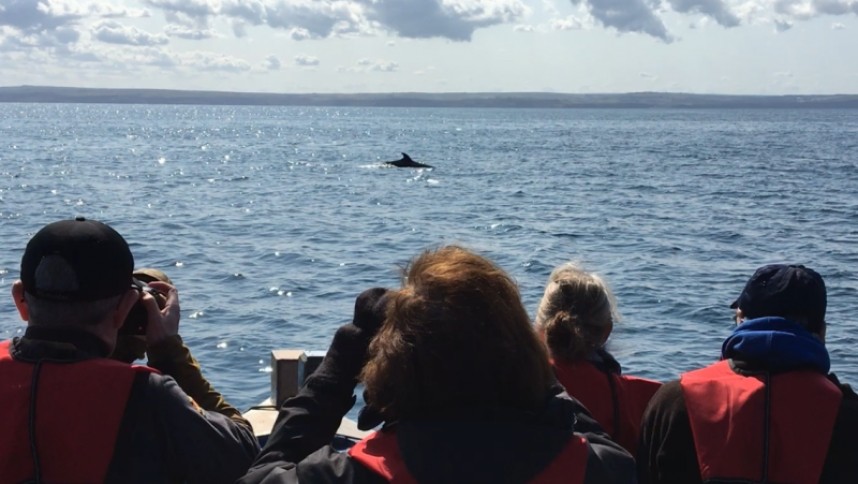
Watching a Minke Whale aboard All My Son's © YCN
When we first started the trips in 2014 we really didn’t know what to expect. There were whale sightings from Sean, mysterious rumors from fishermen and tourist boats, but we didn’t know how many or when to expect to see them. I remember on our first reconnaissance trip, migrating butterflies flew past the boat eight miles out at sea, a fantastic sight. Then out of no-where a huge whale appeared about 100m away and then vanished. I will never forget my first sighting of a minke whale in Yorkshire. It looked huge, the beauty and thrill of a first mega wildlife encounter.
We decided to name our trips Seabirds and Whales because we all love seabirds and there are so many fantastic birds out there. We were also a bit nervous about depending too much on whale sightings. But we really needed to attract seabirds to our boat; getting close up views is the best way of appreciating these amazing animals.
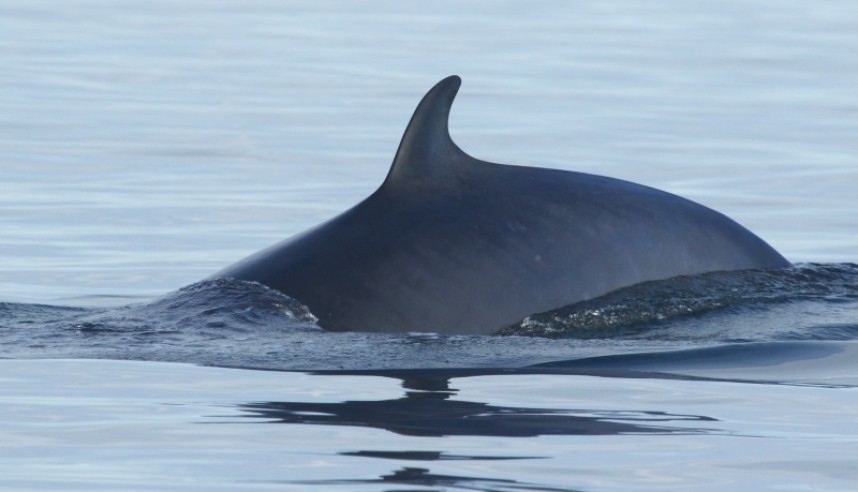
Minke Whale Staithes © Dan Lombard
That’s where our secret weapon the ‘chum’ came in. After lots of advice and recipes from popcorn to strange fish oils we settled on simple fish bits supplied by Scalby Sea Life Centre left over from their rehabilitation work. Over the years it’s worked a treat. It’s amazing the difference it makes. From no birds as far as the eye can see; add some chum…loads of birds, as if by magic, chumtastic! Here are a few of our best seabird encounters with a little help from our best chum!
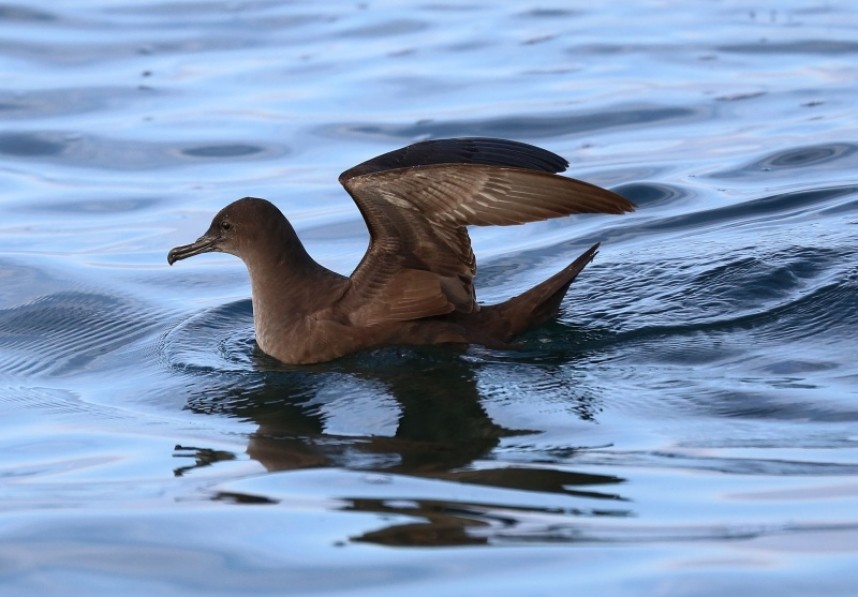
Sooty Shearwater 13-09-14 © Richard Baines
In the first year we enjoyed great views of northern gannets, northern fulmars and manx shearwaters. Then on the 13th September 2014 a sooty shearwater landed right next to the boat feeding on our chum for 20 minutes. Sooty shearwaters hold the world record for the longest animal migration ever recorded electronically; a massive 64,000km. This was a wonderful opportunity to see a seabird which had been born in the South Atlantic on the Yorkshire coast.
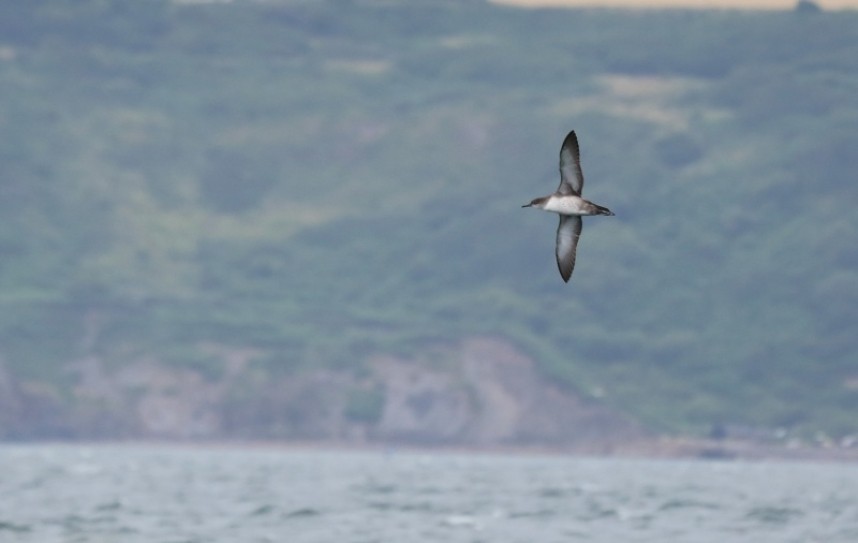
Balearic Shearwater 02-08-15 © Richard Baines
On the 2nd August 2015 we had a wonderful up-close visit by a balearic shearwater. Balearic shearwaters are a critically endangered seabird which breeds on remote islands in the Mediterranean. They are seen annually on our coast but few people have photographed one in Yorkshire so we were excited to get that opportunity.
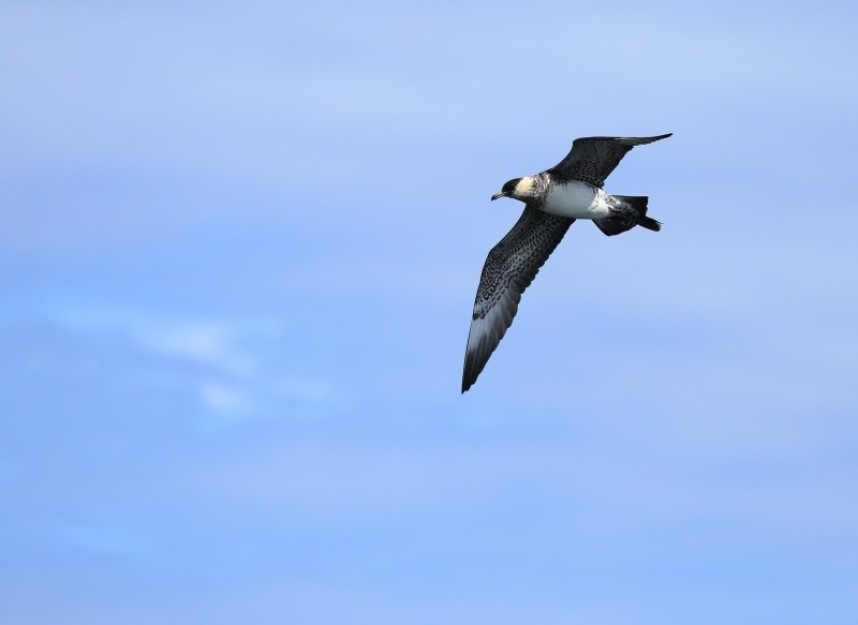
Pomarine Skua 05-08-17 © Richard Baines
We have seen several pomarine skuas over the years but on the 5th August 2017 a beautiful near adult spent time around our boat. That was great but it’s the great skuas or ‘bonxies’ that are the real stars for me. Every year they harass and attack seabirds behind our boat; pirates of the sea. Fight club seabird style. Watching them is a fascinating insight into how they time their flight runs to perfection just as a seabird grabs some food, bang! the skua arrives and steals the show.
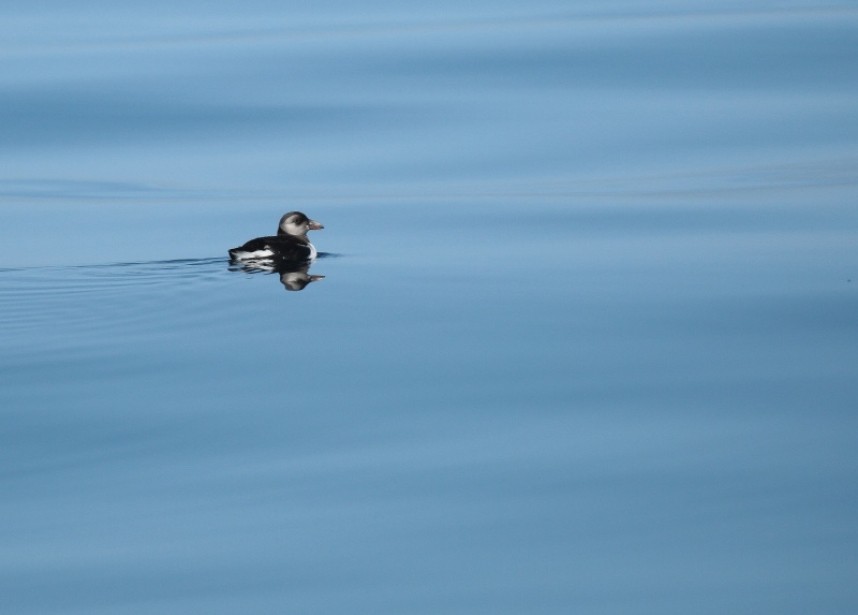
Atlantic Puffin (juvenile) © Richard Baines
The juvenile puffins are really cool. It never ceases to amaze me how they can leave their burrow and know how to survive out at sea without any on the waves training by their parents. We see between six and 20 juvenile puffins on most trips every year between the end of July and beginning of September. Out on a boat in late summer is the best way to photograph juveniles because of their tendency to leave their nesting burrow at night away from the cliffs.
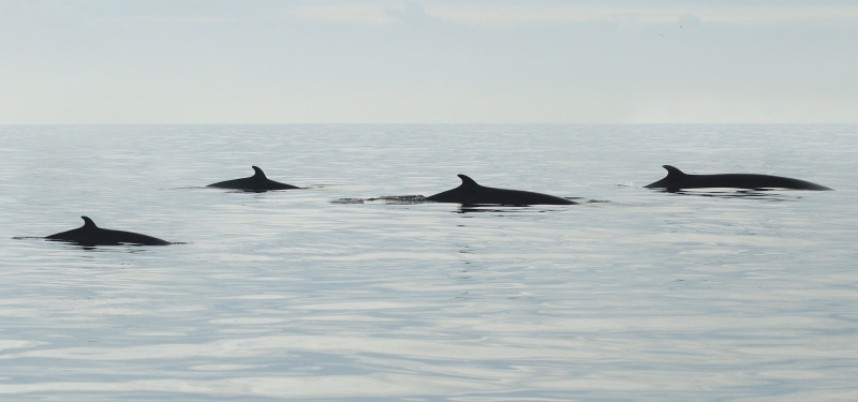
Minke Whales Staithes © Dan Lombard
Minke whales have undoubtedly increased in numbers on our coastline in the past 10 years. I grew up birding on the coast in the 1980’s in North Yorkshire and I never remember anyone seeing a whale in those days. We now see minke whales on most of our trips. Calm weather and a flat sea are best and the highest chance is between July and the end of September. The adults are wary so we are very careful not to approach too close but younger whales appear to be very curious. Almost every year we are blessed with a very close encounter as an immature minke decides to give us the eye, swimming right up to the boat lifting its head out to check us out.
We never know quite when the best weeks are going to be for whale sightings. Its all about the food. Minke whales have a varied diet but increase in numbers when the herring spawn offshore. In 2018 the last few days of August and first week of September was fantastic. Aided by flat calm sea and great visibility we saw a lot of whales on every trip and logged over 200 encounters (a tally mark for each sighting) on each trip! We also saw a possible Humpback Whale, the classic one that got away…
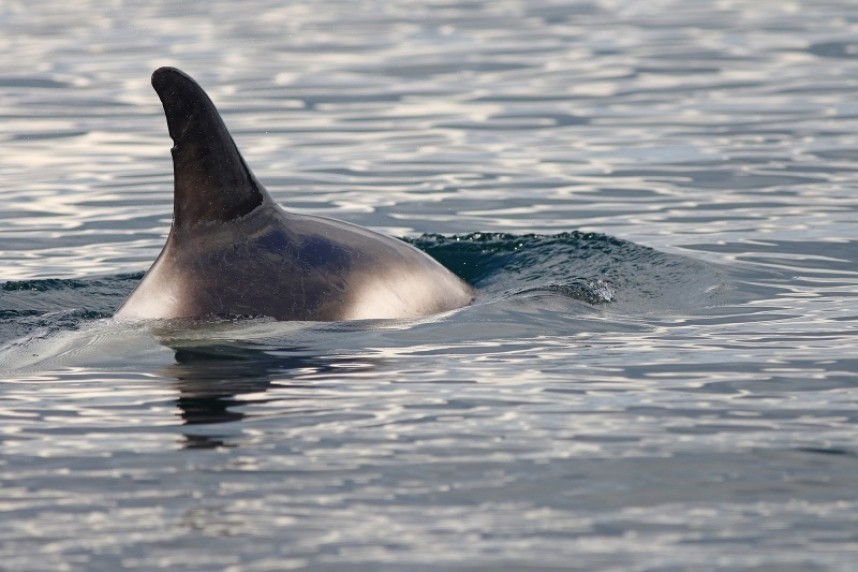
White-beaked Dolphin Staithes 03-08-18 © Mark Pearson
It’s not only whales we encounter. On the July 2018 we were graced by bow riding White-beaked Dolphins a real treat as they swam alongside the boat for over 20 minutes.
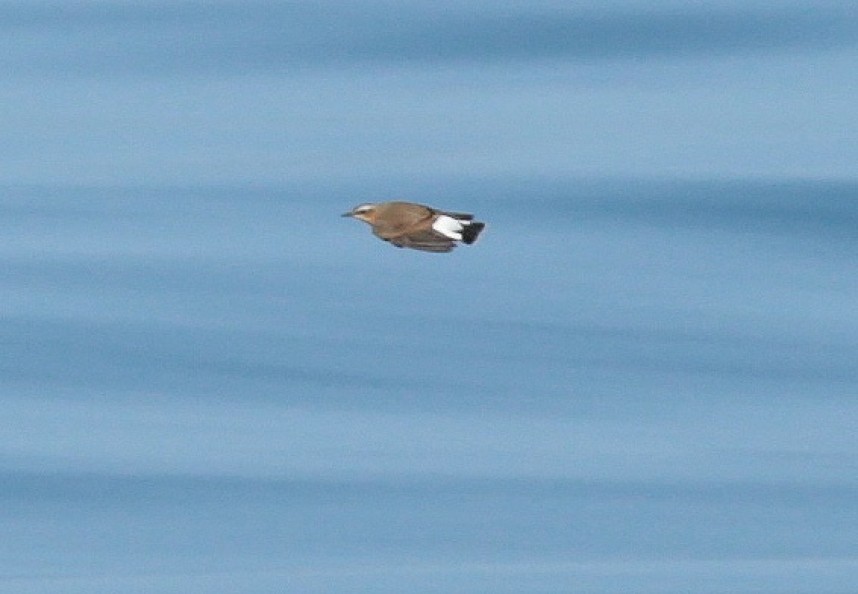
Northern Wheatear flies past our boat 31-08-18 © Richard Baines
Later in the autumn songbirds are on the move and we see a variety of tiny birds flying past the boat. Chiffchaffs, goldcrests and in 2018 a northern wheatear passed us by, skimming the waves, only a short distance to go for safety and food after crossing the North Sea. These wonders of bird migration alongside the magnificent whales are truly unforgettable experiences.
This year we are working closely with the North Sea Wildlife Trusts and their cetacean conservation project. We have an official surveyor on every trip. We are very pleased to have an opportunity to help a project which aims to understand more about our whales and dolphins and work towards protecting these fantastic mammals for the next generation. Everyone in Yorkshire should be proud about whales in their home county, spread the word and take measures to protect these fantastic mammals.
Look out for all of these birds and minke whales from the cliff tops of North and East Yorkshire. The spectacular coastline of the North York Moors National Park provides good vantage points to look out to sea. My advice would be to choose a view not too high so you can see more detail over the sea. A calm and settled sea is important and if you see the YCN crew on Sean’s boat ‘All My Son’s’ give us a wave!
Richard Baines YCN Director



 Back to Blog
Back to Blog
